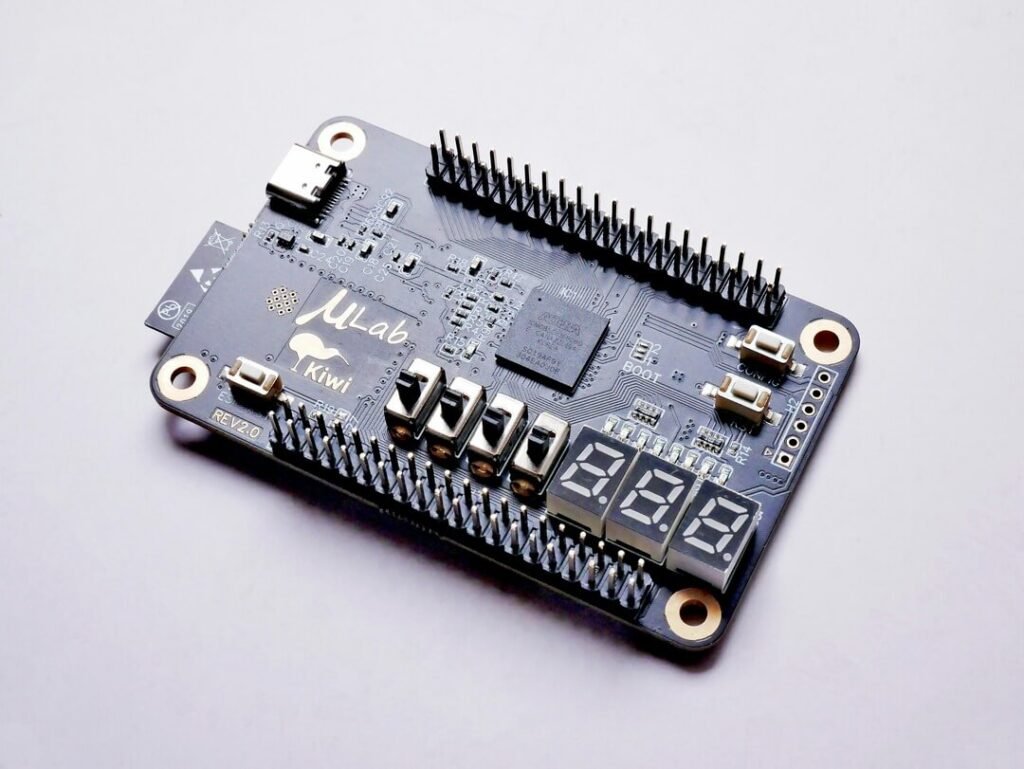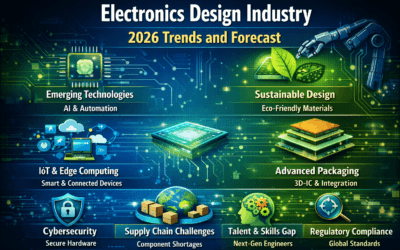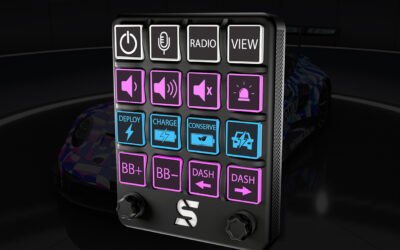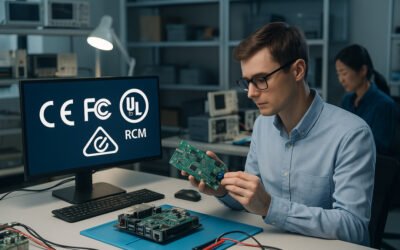
Introduction to Electronics Development for Startups
Diving into electronics development? It might sound like a trek through dense, uncharted jungle to those unfamiliar with the nitty-gritty of electronics design. But, let’s break it down together. Imagine you’re crafting the blueprint of a house, yet instead of rooms and doors, you’re plotting circuits and systems. The goal? To turn that spark of an idea into a tangible, functional product. For startups and visionaries embarking on this journey, understanding the basics of electronics design isn’t just helpful—it’s crucial. It’s about more than just connecting A to B; it’s about weaving efficiency into your development process from day one. Why? Because in the world of product development, time and resources are your best friends or your worst enemies.
Laying the Groundwork: Initial Considerations
Before you dive headfirst into the electronics design pool, stop and sketch out the big picture. What’s your end game? Are we talking about revolutionizing the tech world with a new gadget, or perhaps bringing a long-dreamed-of invention to life? Defining your product vision is your first step towards success. Next, let’s chat budget and timeline. These aren’t just pesky details; they’re the scaffolding of your project. Picture yourself on a road trip – without a map or a budget, you might end up taking a lot of unexpected (and costly) detours. The same goes for electronics development. Planning your budget and timeline isn’t just about keeping track of pennies and deadlines; it’s about steering your project towards its goal, efficiently.
Choosing the Right Partners for Your Electronics Design Journey
Imagine you’re forming a band. You wouldn’t just pick anyone who can strum a guitar, right? You’d look for bandmates who share your vision, rhythm, and passion. Similarly, when embarking on the electronics design journey, choosing the right partners is key. These are the folks who will bring your idea to life, so it’s important to pick wisely. When evaluating potential partners, think beyond just technical skills. Consider how well they communicate, their track record of innovation, and their ability to problem-solve on the fly. Effective collaboration is like a well-oiled machine; each part plays a crucial role in achieving a seamless operation. Remember, the right partners aren’t just vendors; they’re co-pilots on your journey to electronics development success.
Navigating the Design Process: From Concept to Prototype
Ever baked a cake without a recipe? Probably not the best idea, right? Similarly, turning your concept into a prototype without a clear design process is a recipe for… well, disappointment. The design journey is your recipe in the world of electronics development. It starts with a dash of inspiration, followed by a heap of research, and a generous sprinkle of creativity. This phase is all about experimentation and refinement. Imagine sketching your dream home, then tweaking the design as you consider different materials or layouts. That’s what you’re doing here, but with circuits and systems. Feedback is your golden ticket during this stage. It’s like having a taste tester for your cake—ensuring the final product is just right. Embrace iteration. It’s not about going back to the drawing board; it’s about refining your masterpiece. Each revision brings you closer to a prototype that’s not just functional, but innovative.
Preparing for Manufacture: Final Steps and Considerations
So, you’ve got a prototype that works like a charm. What’s next? It’s showtime — or, more accurately, manufacturing time. This stage is like planning a big production. You’ve rehearsed (designed and tested your prototype), and now it’s time to perform (manufacture). Before you take a bow, ensure your design is dressed to impress — meaning it meets all manufacturing standards. This might involve a few more tweaks to ensure your product can be efficiently produced without compromising quality. Choosing a manufacturing partner is like casting for your production. You want a star performer who understands your vision and has the skills to bring it to the masses. This decision is crucial for scaling your production from a one-off prototype to a market-ready product. Think of it as your product’s debut; you want everything to run smoothly and efficiently.
Conclusion: Embracing Efficiency for Electronics Development Success
Remember the journey we embarked on? From understanding the basics of electronics design to choosing partners and navigating the design process, it’s been quite the adventure. Embracing efficiency at every step is like packing wisely for a hike; it ensures you have what you need without being weighed down. As you reflect on this journey, consider the key takeaways and how they pave the way for future innovations. Your project might be a single step in the vast world of electronics development, but it’s a step towards transforming ideas into realities. Keep pushing boundaries, iterating, and refining. The road to success is rarely straight, but with a clear vision and efficient practices, it’s definitely navigable. Here’s to your success and the many innovations you’ll bring to life!





0 Comments